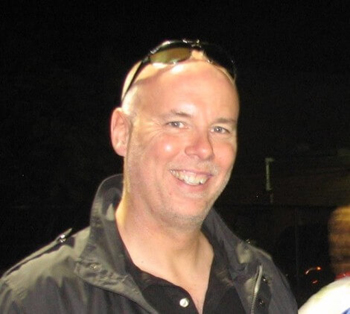“Coach’s Corner” is an interview series conducted by Omegawave’s Customer Experience Manager, Tim Rusbasan. In this installment, Tim catches up with High Performance Coach Mark McLaughlin, founder of the Performance Training Center in Beaverton, OR.
Tim Rusbasan: What training or performance issues did you originally think Omegawave would help you address?
Mark McLaughlin: When I first opened my performance center back in 2003, the main issue I saw with athletes in our area were catastrophic injuries in non-contact sports (specifically high school track and field). As a coach, having a monitoring system like Omegawave would allow me to push the athletes when it was appropriate and also rest or do easy/moderate training when it was called for. If I was protecting their health and well being through proper exercise selection, volume, and intensity based on the daily Omegawave assessments we were doing, then we would have a higher rate of success at guiding the athletes toward achieving their full potential.
TR: Did anything surprise you about the data when you first started using Omegawave, and if you could go back to this time and give yourself any advice about how to best apply the technology, what would that advice be?
MM: Great question! At the beginning, what surprised me the most was the difference between how the athletes subjectively perceived their daily readiness (almost always feeling “great” and ready for anything) versus what the Omegawave was telling us (rest/recuperation or no high volume/high intensity work today, for example). Then—based on their subjective feelings—having the athlete go out and try to perform an intense training session and fall short of the daily goal. These types of days really taught both myself and the athlete what readiness meant, and also how quality mattered based on readiness levels. The advice I would give is understanding first and foremost we are not dealing with robots here and there is the human component—so it’s important to take both objective and subjective data in to account when using Omegawave.
TR: What has been the biggest advantage of utilizing Omegawave within your “system”?
MM: Now, one of the biggest advantages is using the Omegawave as a teaching tool for the athletes, helping to drive home behavioral change in areas such as sleep hygiene, nutrition, hydration, stress reduction and other areas. As coaches, we are not always going to be there to monitor. Omegawave gives me and the athlete a very comprehensive view of how the biological systems are responding to training and recovery. This helps the athlete understand the multifaceted nature of performance, and that training is just one small part of it.
